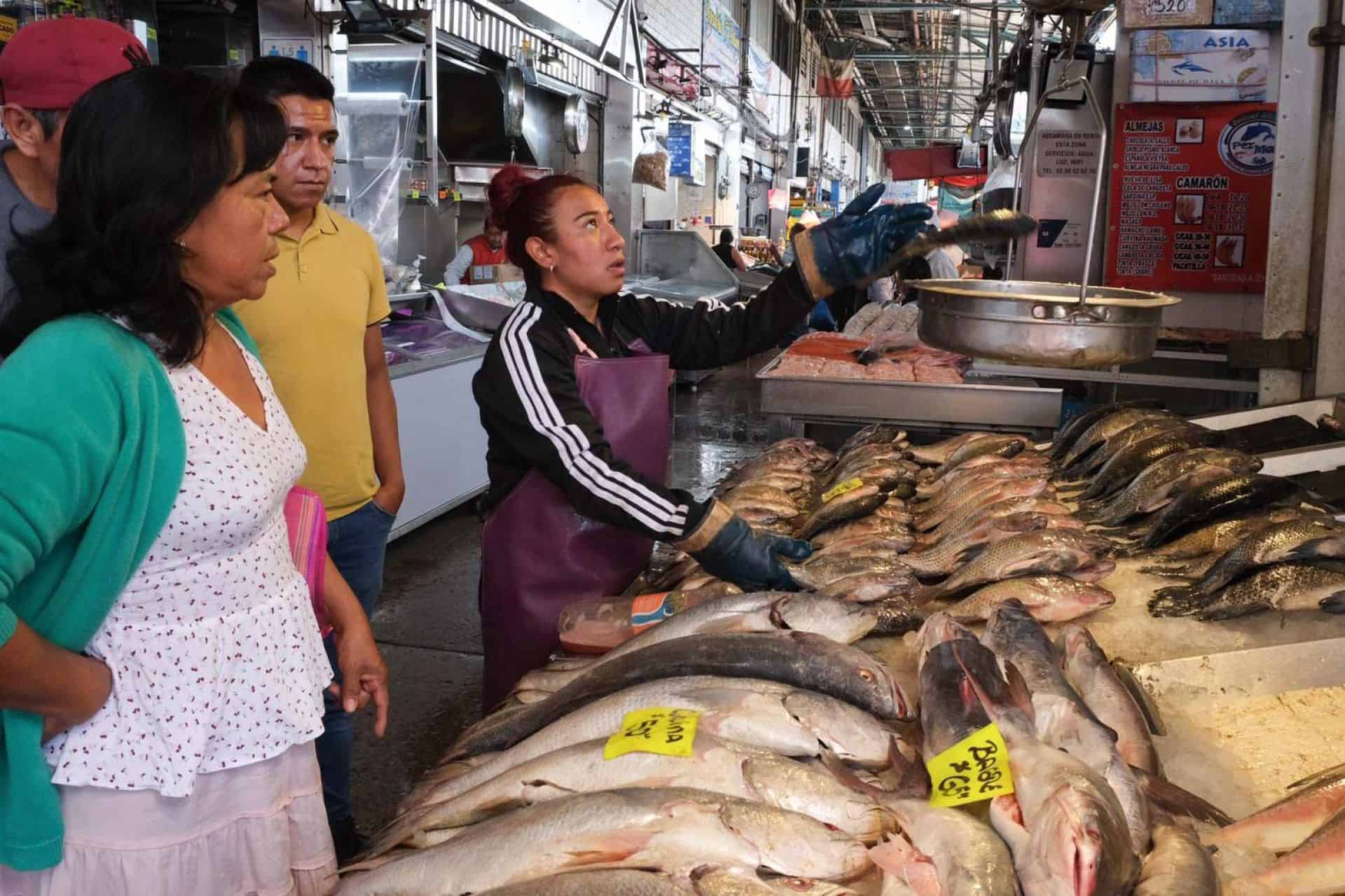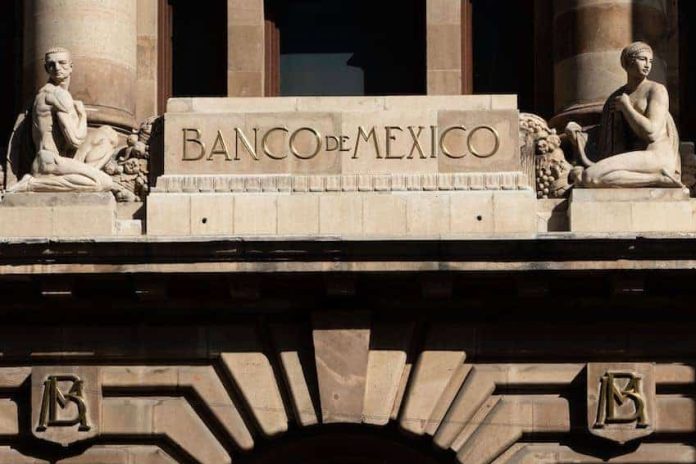The Bank of Mexico (Banxico) voted to cut Mexico’s benchmark interest rate by 25 basis points to 11% on Thursday, making its first reduction to borrowing costs in over three years.
Four members of Mexico’s central bank’s governing board, including Banxico Governor Victoria Rodríguez, voted in favor of the 25-basis-point cut while one member voted to keep the key rate at a record-high 11.25%.

The reduction came a year after the board raised the benchmark rate to 11.25%, concluding a 21-month tightening cycle during which a total of 15 hikes — totaling 725 basis points — were made.
In a statement announcing the reduction, Banxico said that its board acknowledged that a “disinflationary process” had commenced in Mexico since the last time the rate was adjusted but also “considered the challenges and risks that prevail.”
Upside risks, the central bank said, include “persistence of core inflation; foreign exchange depreciation;… [and] the intensification of geopolitical conflicts.”
With the cut, Banxico’s “monetary policy stance remains restrictive and will continue being conducive to the convergence of inflation to the 3% target in the forecast horizon,” the central bank said, adding that its board will “thoroughly monitor inflationary pressures, as well as all factors that have an incidence on the foreseen path for inflation and its expectations.”
“In the next monetary policy meetings, [the board] will make its decisions depending on available information,” Banxico added.
The interest rate reduction — the first since February 2021 — was predicted by many analysts after headline inflation declined to 4.40% last month from 4.88% in January.
Inflation declined for nine consecutive months between February and October last year after hitting almost 8% in January 2023. However, the headline rate rose during three consecutive months between November and January before falling again last month.
The central bank’s decision to cut its benchmark rate on Thursday came after the United States Federal Reserve kept its rate steady at a range of 5.25%-5.5% on Wednesday. The gap between the two rates has therefore narrowed, but there was no major immediate impact on the MXN:USD exchange rate.
The peso — which has benefited from the significant difference between Banxico’s key interest rate and that of the Fed — was trading at 16.74 to the US dollar shortly after 4 p.m. Mexico City time after closing on Wednesday at 16.68.
With reports from El Financiero and El Economista
